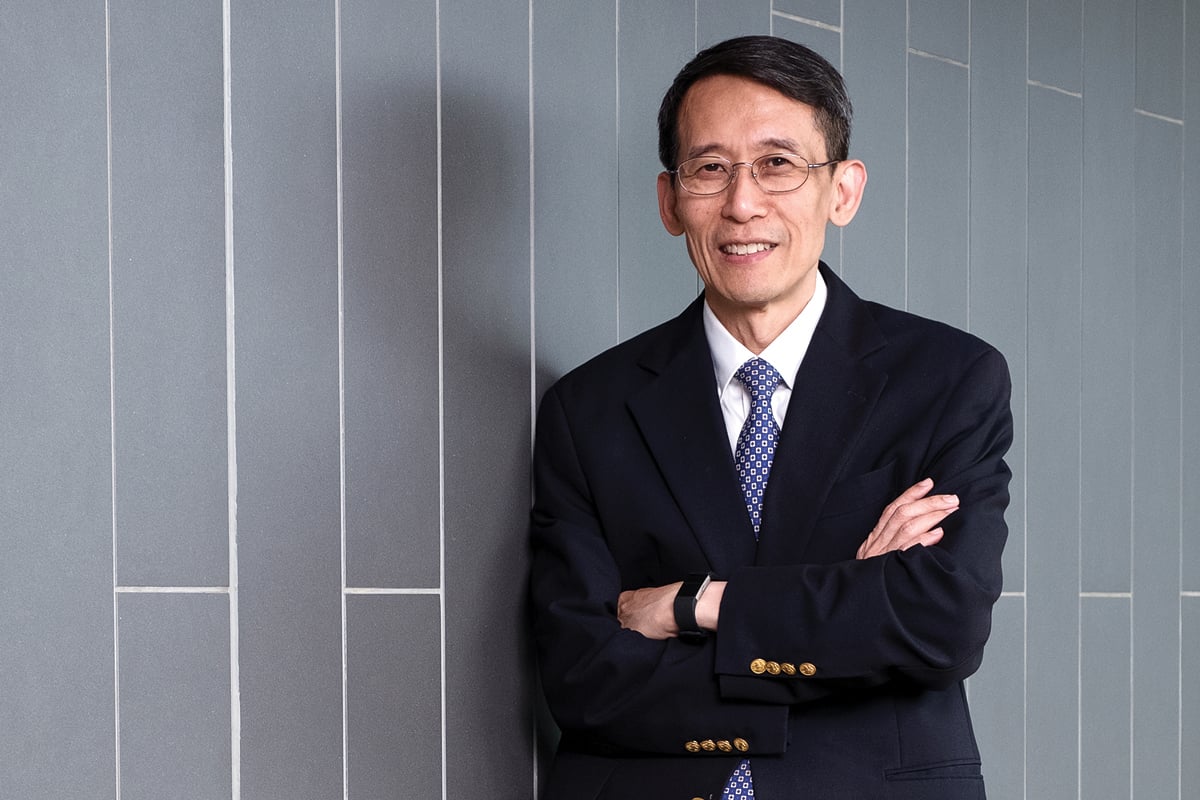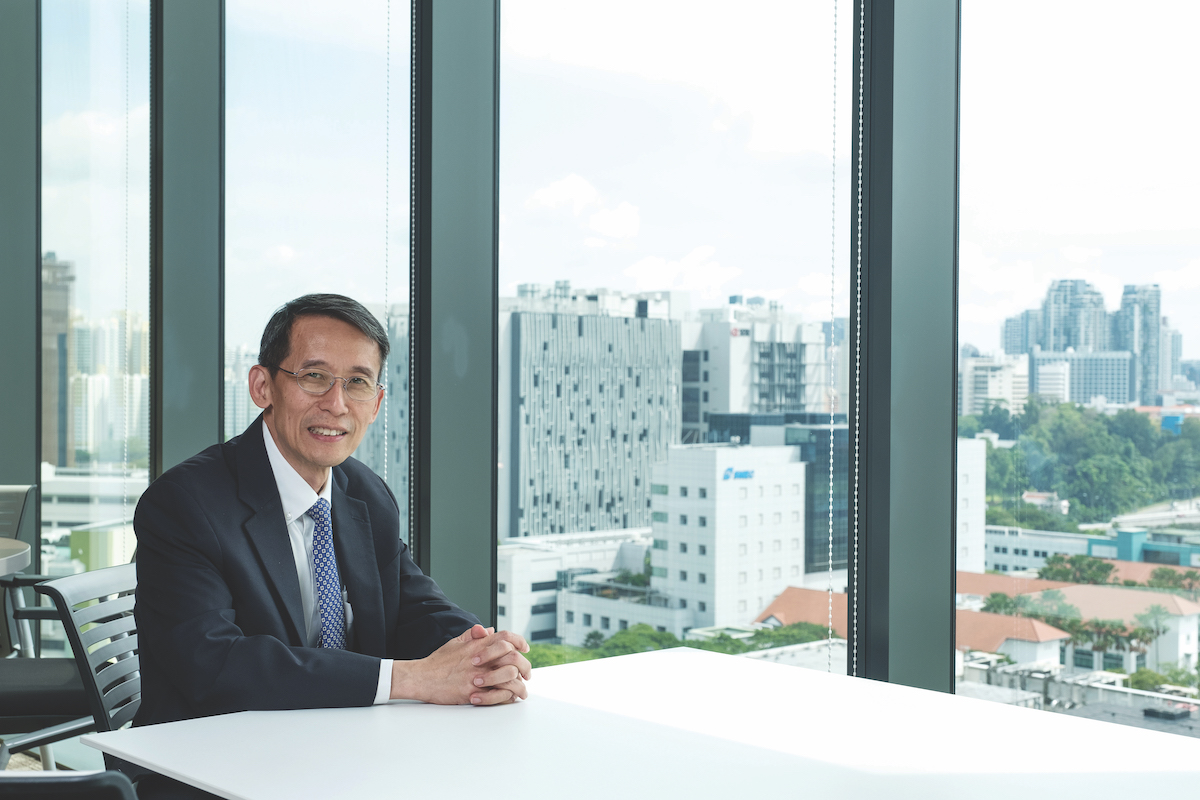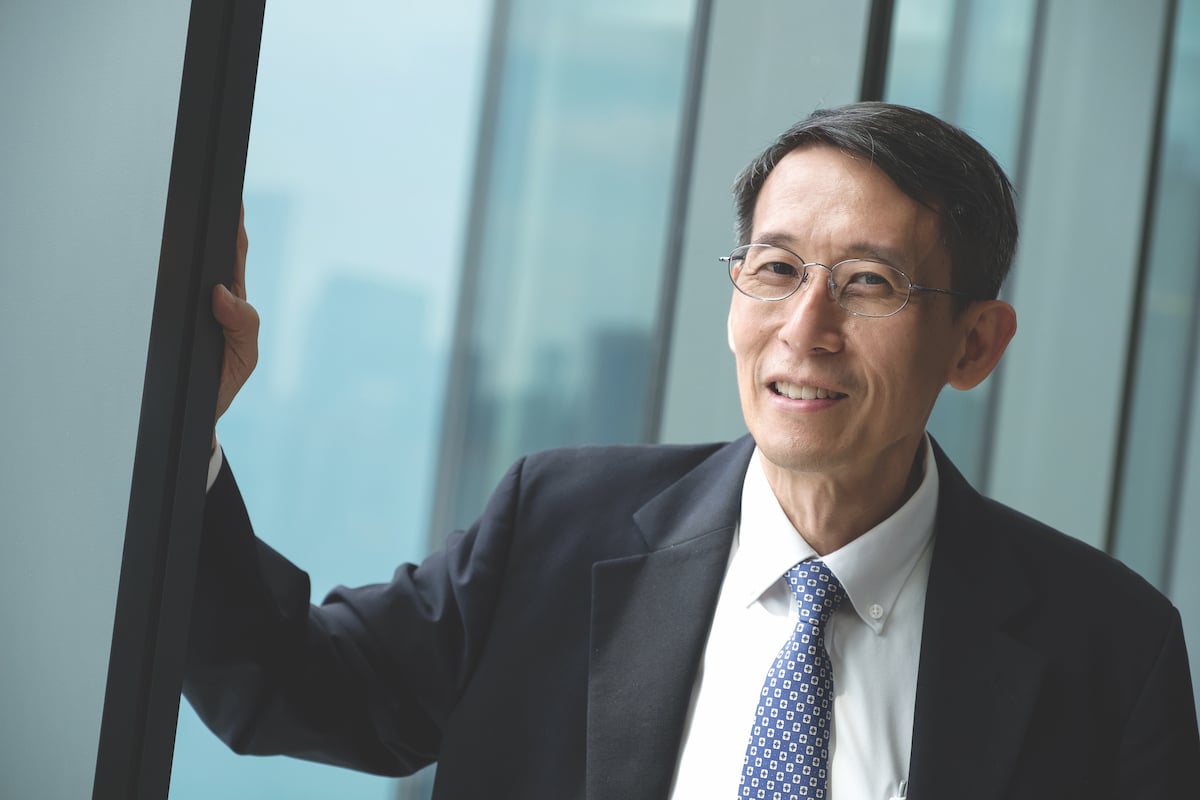The Medical Director at the National Heart Centre Singapore (NHCS), Dr Terrance Chua, still remembers what sparked his interest in cardiology. He recalls his time as a junior doctor, doing a residency in Singapore General Hospital, where he had a rotation in the cardiology department.
“What fascinated me were ECGs (electrocardiograms),” he says. “The ECG is a very simple tool that allows us to look at the rhythm of the heart and you can also use it to diagnose when someone is having a heart attack.”

Terrance goes on to describe another experience he had as a junior doctor, which further spurred his love for cardiology. “Someone was in cardiac arrest with no pulse, but we were able to revive him,” he says. “These are the things that keep us going as doctors; when you can make a big difference to someone. The thing is, you can save a life.”
Terrance trained as a cardiologist in Singapore before spending a year in the US to further specialise in cardiac imaging. He then returned to Singapore where he
joined NHCS.
A healthy heart
NHCS is a Singapore Government-owned healthcare institution that specialises in treating cardiovascular disease. It has 185 beds and treats more than 100,000 patients each year. The centre is part of Singapore’s largest healthcare group, SingHealth, which includes five national specialty centres, three hospitals, a community hospital and a network of polyclinics.
In 2015, the centre launched a new initiative in partnership with SingHealth Polyclinics that aims to give patients a faster diagnosis. In a conventional healthcare system, when a patient comes in with chest pain or shortness of breath, they will usually need a test to be done. This could be a treadmill test, an ECG or an ultrasound of the heart.
“Usually, what happens is the primary care physician would refer this patient to see a cardiologist, the cardiologist would order the tests, and then see the patient again,” Terrance explains. “So, in a sense, the cardiologist is the gatekeeper of the test that has to be done.”
While this process is beneficial – in that the cardiologist can decide whether a specific test is appropriate – one major problem remains.
“It creates a delay for the patient and requires more clinic visits because they need to see a doctor first, who will examine them and take their medical history,” Terrance says. “Then they have to get an appointment to see a cardiologist, who will examine them and take the whole history again, and then order the tests.”
So, NHCS partnered with SingHealth Polyclinics to launch the ‘front loading’ initiative, which cuts down one specialist consultation. “We wanted to design a system that allowed a patient to go straight to the tests after seeing the family physician,” Terrance notes. As tests can be done faster and a diagnosis provided much earlier, this initiative saves patients time and money.
Terrance acknowledges the reasons that could be raised from having family doctors order tests but has found a way to overcome them. “The reason why this wasn’t done previously was because of concerns that the doctor – who’s not a specialist – might not order the most appropriate test for a specific problem. So, there was a policy to only allow the specialist to order the test,” he says.
“To get around this problem, we came up with agreed protocols, such as the test would be ordered based on certain criteria and the best medical evidence. And to make sure the tests were appropriate, they are ordered by a team of staff, including a cardiologist, who looks at the referral from the doctor, and then works out what exact tests should be done.”
NHCS has used this system for over 3,000 patients, finding that it is a great help. Now the centre wants to refine it. “By re-engineering the process, we are trying to improve care and reduce resource consumption,” Terrance continues. “All of which are big issues in many healthcare systems.”
“By re-engineering the process, we are trying to improve care and reduce resource consumption.”

Solutions for Singapore
The initiative NHCS implemented aligns with something the Ministry of Health has been working on across Singapore. “They have started an initiative where certain subspecialties would open their tests or services to primary care doctors without having to go through a specialist gatekeeper,” Terrance says. “For example, someone with a backache could see a physiotherapist without going through an orthopaedic surgeon if the criteria were met.”
Looking more broadly at Singapore’s healthcare sector, Terrance sees the biggest issue as its ageing population. Not only are patients ageing faster and living longer but families are getting smaller. And fewer children means there will not be enough caregivers for the elderly.
“The government has recognised that our problem is how we don’t have enough people in healthcare, particularly nurses, and to some extent, doctors and other allied health professionals, to cope with a larger number of the elderly who will inevitably have more conditions,” he says. “Heart disease and heart attacks become more common as you get older. In general, people above the age of 65 have a much higher risk of developing a condition that requires admission, and it can be for much longer. So we are gearing up to try to meet this demand.”
Around 30% of NHCS patients are aged 65 and over. While the natural solution might be to increase facilities and recruit more people into healthcare – something NHCS has already done – it isn’t the only solution. Terrance emphasises the urgent need to change the way medical practitioners provide care so that it is not so labour intensive.
“Even if you have the budget to get healthcare staff, you cannot find enough people,” he explains. “Eventually, there’s going to be even fewer people to manage our resources. There’s a keen interest to see how much more care can be delivered with patient education, healthy lifestyle and self-empowerment.
“There’s a keen interest to see how much more care can be delivered with patient self-empowerment.”
“People are better educated, there is potential of leveraging on IT, with lots of tools that allow patients to track their own outcomes. And so perhaps the solution will lie in patient empowerment and engagement; more involvement in their own care; patient education so they understand the issues better; and use of IT, so they can be managed at home without having to see a doctor as often.”
The other issue is the expectations that patients have when it comes to healthcare. “As people get more educated, they have higher expectations of care and that includes a lot of high technology, expensive care,” Terrance says. “So we can now treat people much longer with very expensive treatments, which carry their own risks. For example, there are new devices we can implant in patients. Then the other challenge becomes how do we have this dialogue with patients about their expectations. How far do we want to push the envelope?”
This connects back to the issue of aged care, especially advance care planning. “It means asking: ‘Does every patient want to end up at the ICU with a whole slew of devices put in?’, ‘Do they want to say where to draw the line?’ and ‘How do we know what their wishes are and how do we discuss them?’ That’s an approach being looked at.”

Top mentor
Terrance is passionate about mentoring junior doctors and, in 2005, he was voted as one of the top five medical mentors in the SingHealth Junior Doctors survey.
“I think it’s satisfying when you can mentor people,” he says. “I felt it was important that before junior doctors even start work, to round them up, say the weekend before, and give them some teachings on the crucial things to look out for in the cardiac department.”
The path ahead
As NHCS continues into the future, it is placing a strong focus on improving and re-engineering patient care using IT. It already has fully electronic medical records and wants to develop systems to provide decision support that reminds doctors or nurses when something should be done but might be overlooked.
Further, Terrance wants to empower the workers themselves to think of solutions to some of the everyday problems they face. “Very often, there is a tendency for someone senior to say, ‘I know what’s wrong with this particular process’ – whether it is patient admission, discharge or outpatient care – and immediately propose a solution to be implemented,” Terrance says.
“However, increasingly, we find that the solutions are not as obvious to us as to those who are close to the work being done. There may be ways to improve processes out there, but they can only be seen by the people working daily with that process. So there is a need for us to train and empower staff who are working on the ground in a specific setting to find the solutions for themselves – to see whether their working environment or processes can be improved for the patients and for themselves.”
At the end of the day, Terrance is optimistic. With such a committed team, there is much to be proud of. “We have good team spirit at the centre,” he says. “We have a fantastic team of people who are very dedicated to patients and will go the extra mile.”


